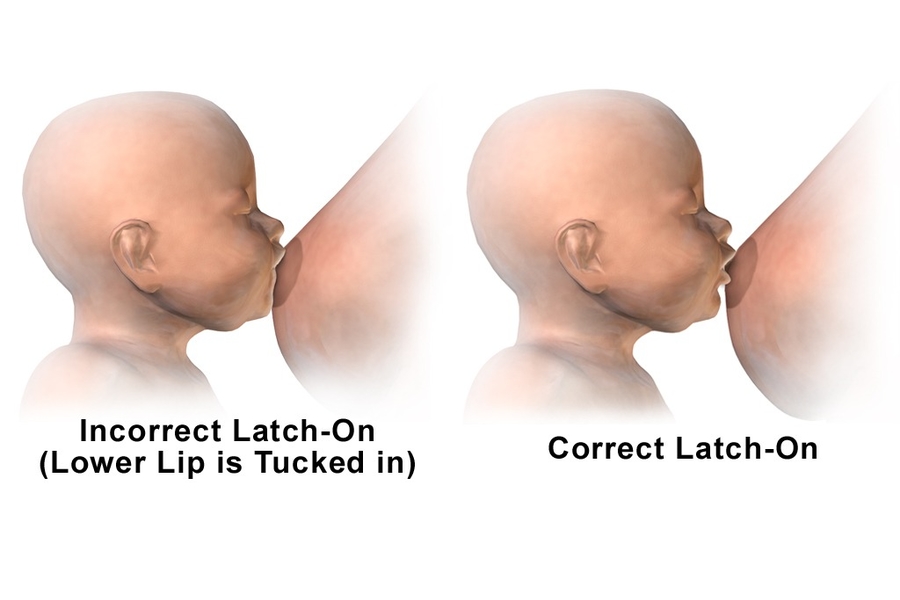
Lactation Information – Breastfeeding Basics
22 Jun 2018 | 4 min Read
Babychakra
Author | 1369 Articles
While breastfeeding is a very natural process, not every mother comes equipped with all the needed information related to lactation. This is especially the case for first-time mothers. The process of breastfeeding might look and sound pretty complicated at first, but with patience and persistence, you would definitely be able to master the art of breastfeeding and understand the basic information pertaining to lactation.
Though your newborn would instinctively know how to suckle on your breasts, you must know how to hold the baby properly and comfortably to enable the latching process. Here is some lactation information that could help you get started and breeze through the initial phase of breastfeeding.

Lactation Information for New Mothers
Milk Secretion
Your milk would come in three distinct stages namely:
Colostrum
This is the thick yellowish substance that comes immediately after delivery. It is vital for your baby as it is a mixture of all the essential vitamins and proteins your baby would need to protect its growing immune system. Regular suckling during this stage would stimulate your body to produce more milk.
Transitional Milk
Anywhere between the second to fifth day of your delivery, you would start producing what is called the transitional milk. This is slightly thinner than colostrum and has a slightly lesser amount of proteins and a higher dosage of fat and sugar. This is essential for your baby’s weight gain.
Mature Milk
After two weeks of delivery, you would start producing a thinner and whitish or pale blue milk that feels like skimmed milk. This is packed with nutrients that your baby requires for its growth and would also provide the necessary hydration to the baby.
The Process of Latching
This requires a lot of persistence during the initial days. Ensure that your baby is properly and comfortably positioned facing your breasts. The trick is to keep the baby’s head in line with the rest of the body for easy swallowing.
Your baby would immediately start suckling when brought close to your nipples. However, if that doesn’t happen, try squeezing some colostrum on to its lips to initiate suckling. Let the baby come near you and avoid thrusting it into its mouth to enable perfect latching.
You would know that the baby has latched on properly when you hear it sucking and swallowing steadily. Check if the baby has a pout rather than a tucked-in lip or tongue while sucking. If the latch is not proper, your baby might not get enough milk but might get tired quickly.

Duration
There is no hard and fast rule on how long and how frequently you should breastfeed. Trust your instincts and feed every time your baby shows signs of feeling hungry. Some of the prevalent signs include:
A low pitched cry coupled with restlessness
Fist sucking or lip smacking
Turning towards you or snuggling close to your breasts when you stroke your baby’s cheeks. This is also called rooting.
Remember:
• Your feed time may last anywhere between 20-30 minutes. Drink something before you start feeding and ensure that you have positioned your baby comfortably.
• Ensure that you completely empty one breast before offering the other one to your baby. You baby needs both, the foremilk and the hindmilk.
Parting Thoughts
Breastfeeding is a very natural process and you would eventually get it right after some rounds of trial-and-error. However, you can get loads of help around you in case you find it difficult. If you are still worried, visit a lactation consultant who can help you with the latching process.
A


Related Topics for you
Suggestions offered by doctors on BabyChakra are of advisory nature i.e., for educational and informational purposes only. Content posted on, created for, or compiled by BabyChakra is not intended or designed to replace your doctor's independent judgment about any symptom, condition, or the appropriateness or risks of a procedure or treatment for a given person.
